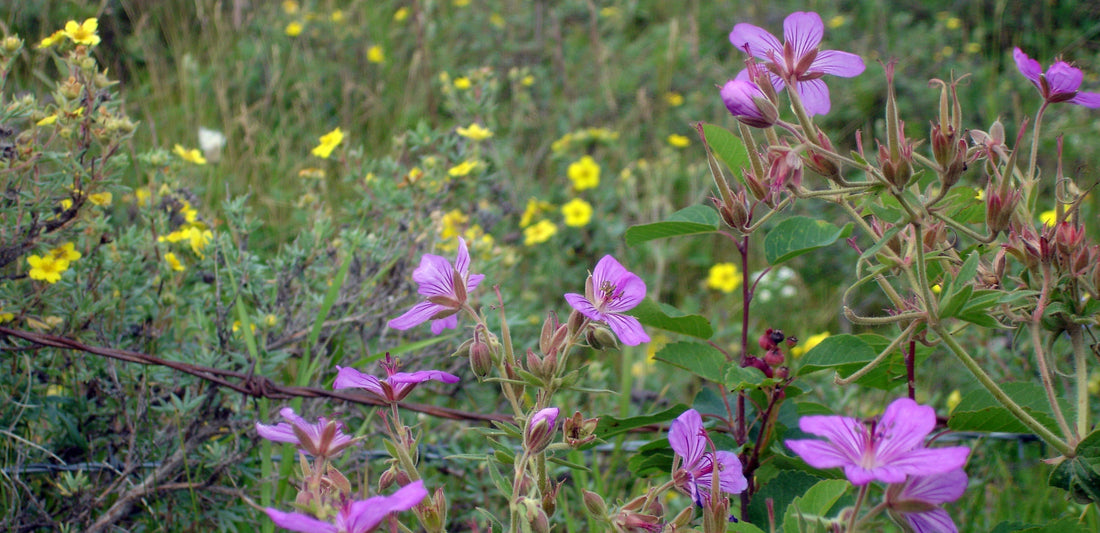
Plant Selection Tips
Share
One of the core principles of Xeriscaping is choosing plants that will thrive in the natural conditions of your site. Likewise, a key design principle in landscaping is that form should follow function—meaning the plants you choose should not only look good but also serve a purpose.
Start by identifying the role you want a plant to play, then choose a hardy species that can do the job.
Functional Planting Examples
- Large deciduous trees on the south side of a home can provide summer shade while allowing winter sunlight to warm the house once the leaves fall.
- Evergreens can help block wind and sound, especially when planted on the north side of a home for protection against winter storms.
In Alberta’s Chinook Zone, site exposure is especially important. A well-treed lot is naturally sheltered, holds snow longer in winter, and is buffered from rapid temperature swings. In contrast, open, exposed sites receive full sun and drying winds—even in winter—and require Chinook-hardy plant material.
Start with Site Assessment
Before choosing plants, take a few minutes to evaluate the conditions at your site. Here are key factors to consider:
- Sun Exposure – How many hours of sunlight does the area receive daily?
- Soil Type – Is it well-drained, dry, moist, clay-heavy, or gravelly?
- Site Exposure – Is the area protected or wide open to wind and sun?
Also think about:
- Size, form, and growth rate – Small spaces are best suited to compact, slower-growing plants. Large areas can accommodate taller, more vigorous species.
- Design style – Are you going for a naturalized look, or something more formal or artistic?
- Wildlife habitat – What species would you like to attract? Birds, bees, butterflies, or mammals? Each has different needs.
🌿 Tip: Consider incorporating native plants that are naturally adapted to Alberta’s temperature swings, drought cycles, and Chinook winds. These plants are well-suited to our region’s unpredictable conditions and often require far less maintenance once established.
Want to Invite Wildlife?
Creating habitat is one of the most rewarding parts of planting with purpose. Whether you want to support pollinators, provide bird nesting sites, or simply add more biodiversity to your yard, a little research goes a long way.
📚 Resource Recommendation:
Check out NatureScape Alberta—a fantastic book full of practical tips and plant lists for creating wildlife-friendly spaces.
